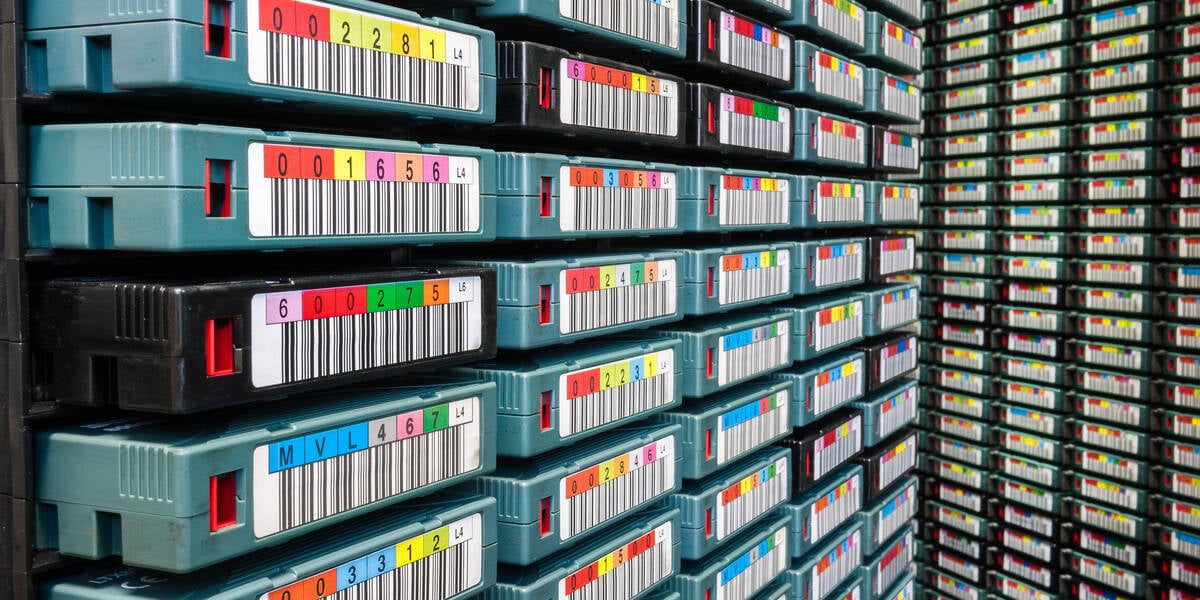
"Professor Xingyu Jiang from China's Southern University of Science and Technology in Shenzhen and his research team published a paper in Science Advances on Thursday detailing how they built a cassette that holds good old-fashioned polyester-nylon composite tape and writes to it by depositing DNA. DNA is a very dense storage medium and storage researchers have tried to use it for data storage, but without much success, because it's hard to find info within DNA and read times are slow."
"The researchers wrote that they designed their tape membrane with "a large number of hydrophilic and hydrophobic spaces to form barcode patterns" which are "continuously arranged on DNA tape by laser inkjet printing, generating 5.45 X 10 5 addressable data partitions per 1,000-m tape." That barcode can be read and used as an index, making it faster to access the required portions of the tape. The data itself is stored as DNA within the hydrophilic sections. To read the deposited DNA later, the scientists soaked the target partition in sodium hydroxide solution and sequenced that solution to finish reading the files."
A cassette holds polyester-nylon composite tape and stores data by depositing DNA onto the tape via laser inkjet printing. The tape membrane contains hydrophilic and hydrophobic spaces that form barcode patterns and are continuously arranged to produce 5.45 X 10 5 addressable data partitions per 1,000-m tape. Each barcode serves as an index to speed access, with data deposited as DNA in hydrophilic sections. Reading a partition involves soaking it in sodium hydroxide and sequencing the released DNA. A test wrote 156.6 kilobytes and recovered the image, but read speed was about 1 KB per minute, limiting practicality.
Read at Theregister
Unable to calculate read time
Collection
[
|
...
]